I've been trying to get at the visual effect of turning down the ISO below the unity gain ISO. I created a simulated Nikon D4 with some unusual characteristics: zero read noise and perfect pixel response uniformity. While I was at, it, I gave it a Fovean-like characteristic of having all four planes (two green ones) stacked on top of eash other, so there's no demosaicing. That's not important now, but it will be if and when I start feeding this simulation some images. Actually, it is somewhat important; it means that there are no values between integer electron counts generated by interpolation.
I excited a 350x350 pixel portion of the sensor with enough D65 photons to average 100 electrons per photosite in the green channels, using the real D4 ratios of red to green and blue to green raw values when faced with a D65-lit gray card.
I made simulated exposures at ISO 640, 320, 160, 80, and 40. Unlike the real D4, the simulated version has enough gain range to make the ISO 80 and 40 settings meaningful.
While still in linear camera space, I multiplied each pixel in each image by 1 for ISO 640, 2 for ISO 320, 4 for ISO 160, and so on, giving me very close to equal average values. Then I multiplied the values in each image by 100, to make the numbers big enough so that I wouldn't need heroic measures in Photoshop. The actual mean and standard deviation of the images when normalized to the range [0,1] is given in the following table:
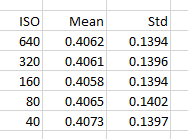
Bart, this is what I mean about the standard deviation of the photon noise being robust in the face of resolution. The ISO 640 image can resolve every electron, while the ISO 40 image has counts from 0 to 15 with the same ADC value.
I brought the images into Photoshop as Adobe RGB with a identity conversion matrix (diagonal ones, else zeros), gave them a bit over 1 EV exposure bump, and (over) corrected the greenish color cast. Here's the histogram of the ISO 640 image:
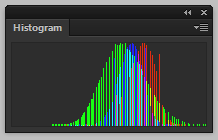
Here's the histogram of the ISO 40 image:
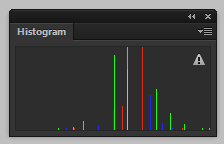
Note the extreme depopulation.
Here's the ISO 640 image, magnified to 700x700 with nearest neighbor to resist JPEG degradation:
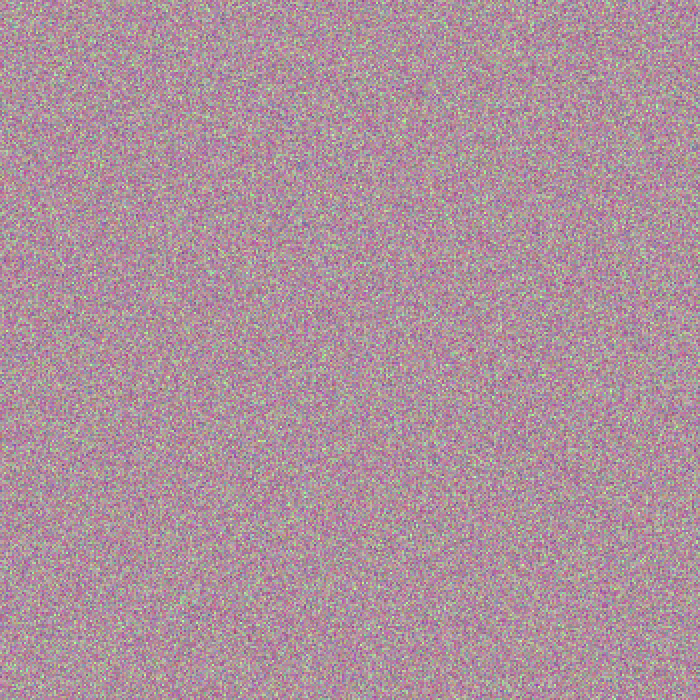
Here's the ISO 320 image:
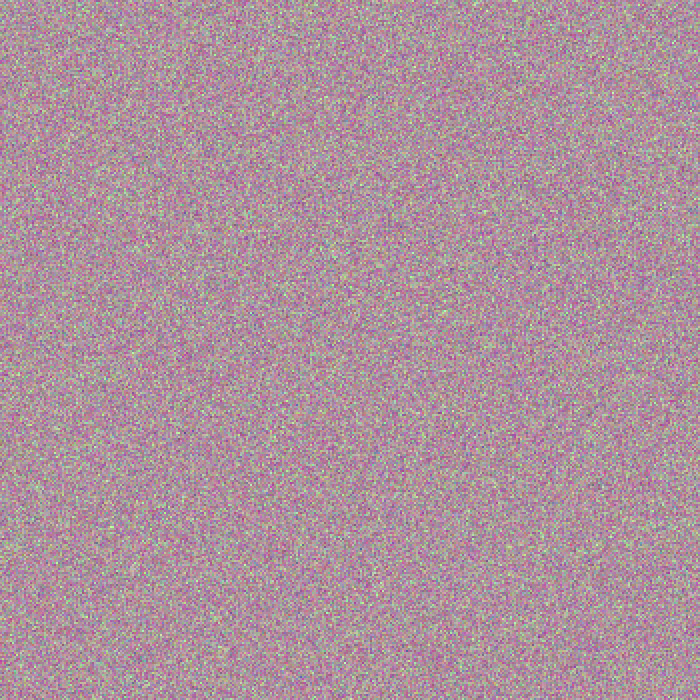
Here's the ISO 160 image:
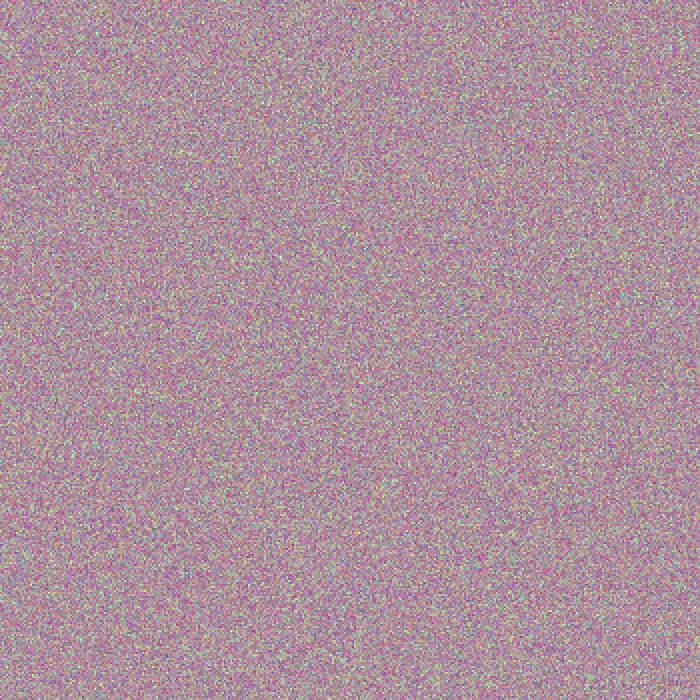
Here's the ISO 80 image:
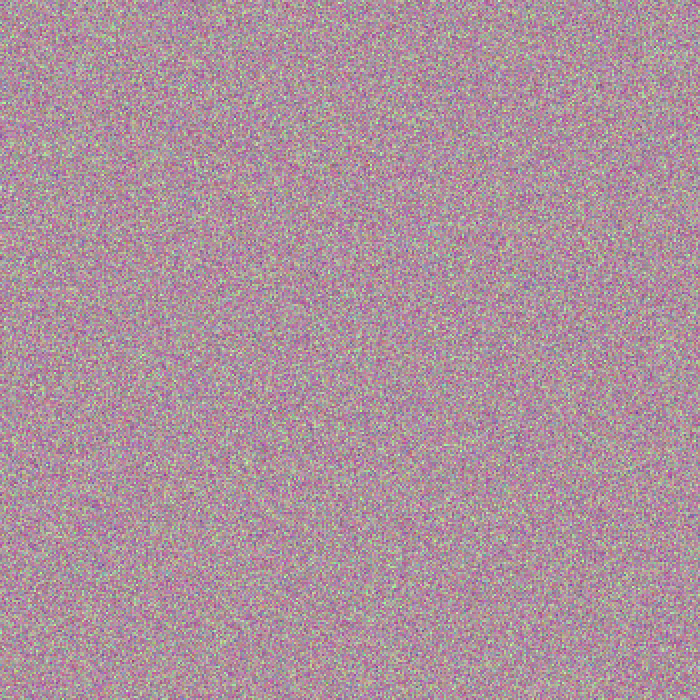
Here's the ISO 40 image:
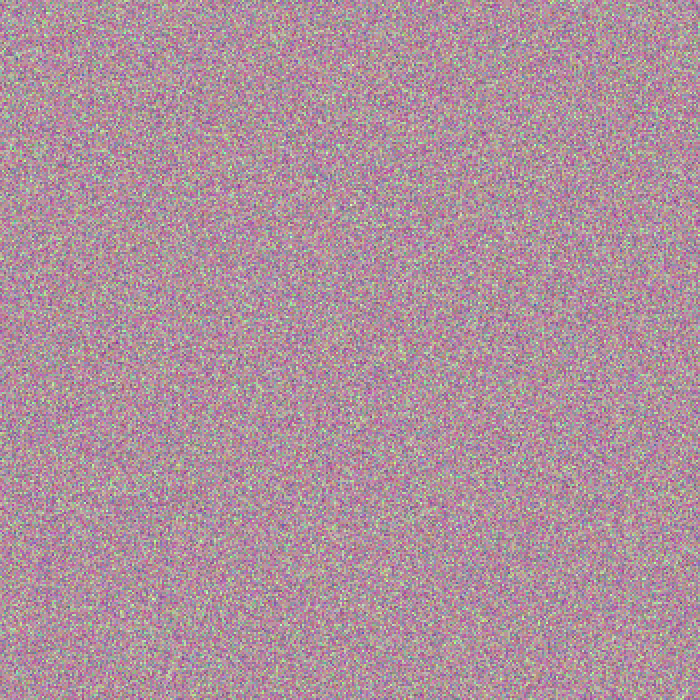
The low ISO images are somewhat clumpier than the Unity Gain ISO one, but the effect is subtle, even though the histograms look dramatically different. This test bends over backwards to give the Unity Gain ISO image a chance to shine, and to me, it's barely glowing. I am coming around to the school of thought that what's really important for ordinary photographers is the SNR, although I can understand the appeal of UGiso if you're going to be doing computations or mathematical processing on your images.
Jim